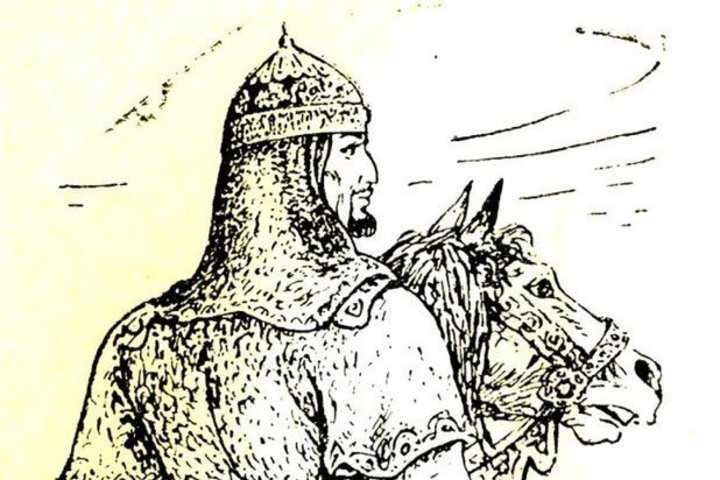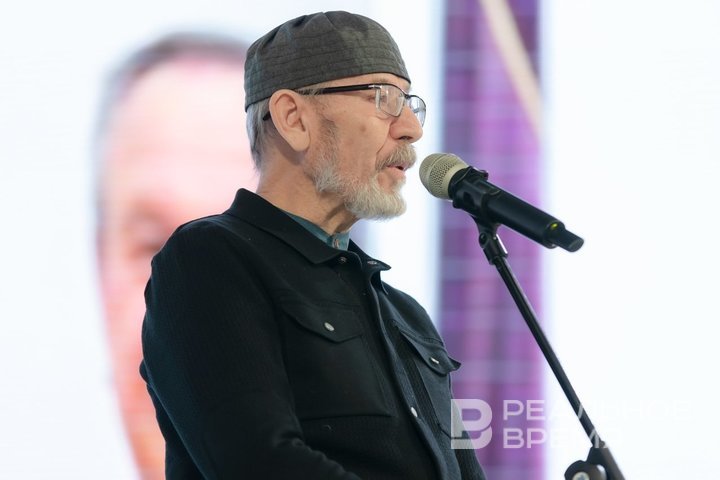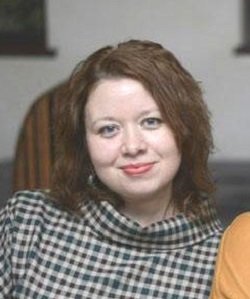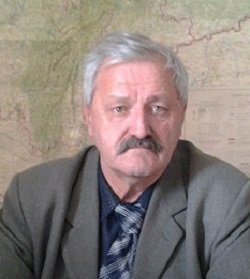Golden Horde Forum participants decide to study their shared history together
The main guest of Tatarstan at the forum venues in Bolgar and Kazan was the delegation from Kazakhstan

From June 9 to 11, the 8th International Golden Horde Forum “Pax Tatarica: Medieval Sources and Historical Context” took place in Bolgar and Kazan, bringing together 140 researchers from 20 regions of Russia and from abroad. Kazakhstan was the main partner of the forum. A shared history must be studied jointly, the scholars agreed at the meeting.
Bolgar is the first capital of the Ulus of Jochi
Last week, the 1st International Summer School on the History of the Golden Horde began its work at the Bolgar Islamic Academy. Postgraduate students, university students, doctoral candidates, and local historians from Russia, Turkey, and Kazakhstan study source studies and historiography of the Golden Horde and the Tatar khanates, as well as the history of Chinggisid polities.
Scholars from Kazakhstan, Turkey, Egypt, Morocco, Iran, China, Japan, France, Canada, Armenia, and Belarus took part in the forum itself. It also opened in Bolgar, where Iskander Izmaylov, leading researcher at the Centre for the Study of the Golden Horde and the Tatar Khanates of the Institute of History of the Republic of Tatarstan, delivered the keynote address titled “Bolgar in the 13th Century: On the Question of the First Capital of the Ulus of Jochi.”

“It is important for us to secure this position. Because today there are many claimants to the Golden Horde. When we point out that the capital is located here, in Tatarstan, the Tatars gain additional rights to that state,” noted Damir Iskhakov, Senior Research Fellow at the Tobolsk Integrated Research Station of the Ural Branch of the Russian Academy of Sciences.
Iskhakov also reproached journalists for their lack of education — saying they often come, quickly write something, but their texts lack analytical depth. In response, a proposal was made to hold courses for media representatives within the framework of the summer school.
“Sometimes even from a completely unremarkable text one can extract a very important direction that will have conceptual significance,” Iskhakov concluded.
In addition, a meeting of the joint working group of historians from the Russian Federation and the Republic of Kazakhstan took place in Bolgar, under the title “The Historical and Cultural Heritage of the Golden Horde Civilisation in the Context of Scholarly Research by Russian and Kazakhstani Historians.”

The epic is an invaluable source!
The forum also operated at its second venue — in Kazan. On June 10 and 11, conferences were held at the Marjani Institute of History of the Academy of Sciences of the Republic of Tatarstan: “Historical Memory: Academic Approaches and Non-Academic Interpretations” and “The Golden Horde: Historical Sources and New Approaches to Their Study.”

Here, Rustam Ganiev, Associate Professor at Ural Federal University, shared his thoughts that the ethnonym “Tatars” dates back to the 5th century AD, as reflected in Chinese historical chronicles. Not a sensation, but at the very least a reason for reflection.
Meanwhile, Vladimir Ivanov, a representative of the Khalikov Institute of Archaeology in Ufa, reflected with some regret in his presentation that the study of the history of the Golden Horde is, in essence, the study of its cities.

Many presentations were devoted to folklore as sources. This was discussed by Aybolat Kushkumbaev from the Scientific Institute for the Study of the Ulus of Jochi (Astana), who initially postulated that the Golden Horde also has a third name — Ulug Ulug, the Great Ulus. He then noted that the Kazakh epic is no less significant than the manuscript chronicles.
It was therefore logical that the next speaker, Jabay Kaliev, head of the Secretariat of the National Congress of Historians, spoke about how the historical figure of Emir Edige (Idegey) is reflected in various historiographies: in some sources, he is portrayed as a ruthless tyrant; in others, as the great founder of the Nogai Ulus, a fighter for strengthening the power of the Horde, and a unifier of Turkic peoples.
“Historical poems play an important role in shaping the image of Edige,” Kaliev noted, adding that his image has been preserved in the memory of many peoples. However, in the Soviet Union since the 1940s, he was viewed negatively, but now he has begun to re-emerge. At present, there are 50 versions of the epic, marked by numerous discrepancies.

On impenetrable fortresses
The theme of shared history, which must be studied jointly, was a constant thread in the scholars’ presentations. Speakers even shared this as a common grievance. For example, one scholar described the state archives as an “impenetrable fortress.”
“One and a half years ago, I sent a request to the archive and still have not received a response. This is the number one problem; this issue was raised in our parliament last November,” confirmed Alima Auanasova, professor at Eurasian National University in Astana.
According to her, the rise in popularity of social networks and online platforms has led to new formats for preserving information, such as posts, which can now complement traditional formats.
Zauresh Saktaganova, director of the Centre for Ethnocultural and Historical-Anthropological Studies at Karaganda Research University, spoke about how she gathered information on Kazakh GULAG camps and how, at times, the custodians of this information preferred to sell it abroad.